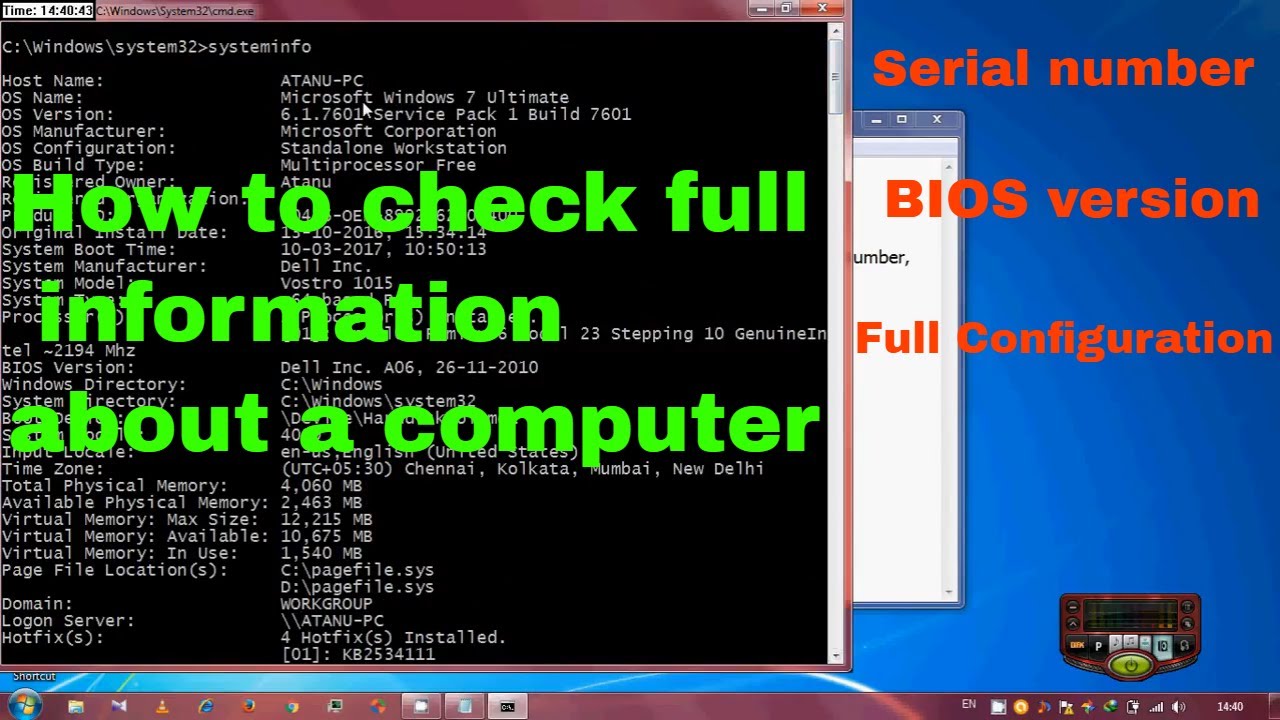

will build a cache such that it remembers which jar files contain plug-ins, and which do not.
Command line for mini vmac how to#
Mini vMac began in 2001 as a spin off of the program vMac. Weka jar file from command line weka.jar how to Weka jar file from command line weka.jar install Main program Unzip, and then execute with java -jar PhyDE-1.jar X seem to be that the above zip archive is decompressed recursively, and a jar file is also a zip archive.

It was originally intended to be of limited interest, a simpler version to serve as a programmers introduction to vMac. 1.44MB floppy disk drives, and ZIP drives, which can then be used directly on vintage Macs. But vMac hasn’t been updated in many years, so Mini vMac may now be considered its continuation. Both have the advantage of accessing real HFS volumes via USB ports, i.e. Basilisk II also offers similar features, but in my experience is much more difficult to set up, is quite a bit more buggy and hasn't been updated in quite a while. While Sheepshaver is buggy, it does allow more versatility than Mini vMac at the moment. I also use it, running OS 8.1 to open HFS+ images created under Snow Leoapard, into which I have copied compressed archive files, and copy the contents to HFS images which I then use with Mini vMac: the hands down the best vintage Mac emulator out there. This is how I set it up and use it to transfer files between Snow Leopard and an real 128K: Sheepshaver is my Mac transition emulator of choice, to keep everything within a Mac-like environment. Just hope OS X 10.7 doesn't drop HFS read too following their historical pattern in dropping support of MFS with OS 7.6 & 8. It's nice to know that works for now, until Zydeco's solution works more universally to write to HFS images. Indeed not very Mac-like, but I've never had a problem with cmd-line interfaces as long as I have the commands and especially the step-by-step instructions in front of me.


 0 kommentar(er)
0 kommentar(er)
